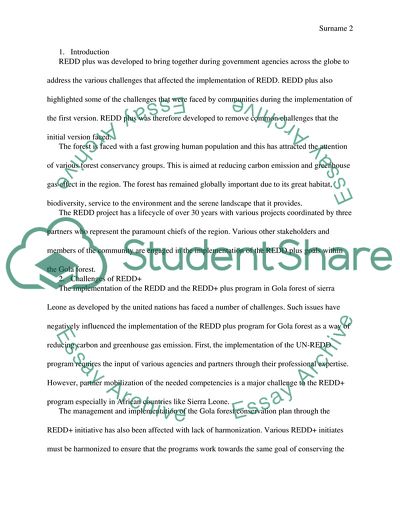Cite this document
(Carbon Forestry in the Gola Rainforest in Sierra Leone Term Paper, n.d.)
Carbon Forestry in the Gola Rainforest in Sierra Leone Term Paper. https://studentshare.org/environmental-studies/1847483-carbon-forestry-in-the-gola-rainforest-in-sierra-leone
Carbon Forestry in the Gola Rainforest in Sierra Leone Term Paper. https://studentshare.org/environmental-studies/1847483-carbon-forestry-in-the-gola-rainforest-in-sierra-leone
(Carbon Forestry in the Gola Rainforest in Sierra Leone Term Paper)
Carbon Forestry in the Gola Rainforest in Sierra Leone Term Paper. https://studentshare.org/environmental-studies/1847483-carbon-forestry-in-the-gola-rainforest-in-sierra-leone.
Carbon Forestry in the Gola Rainforest in Sierra Leone Term Paper. https://studentshare.org/environmental-studies/1847483-carbon-forestry-in-the-gola-rainforest-in-sierra-leone.
“Carbon Forestry in the Gola Rainforest in Sierra Leone Term Paper”. https://studentshare.org/environmental-studies/1847483-carbon-forestry-in-the-gola-rainforest-in-sierra-leone.


